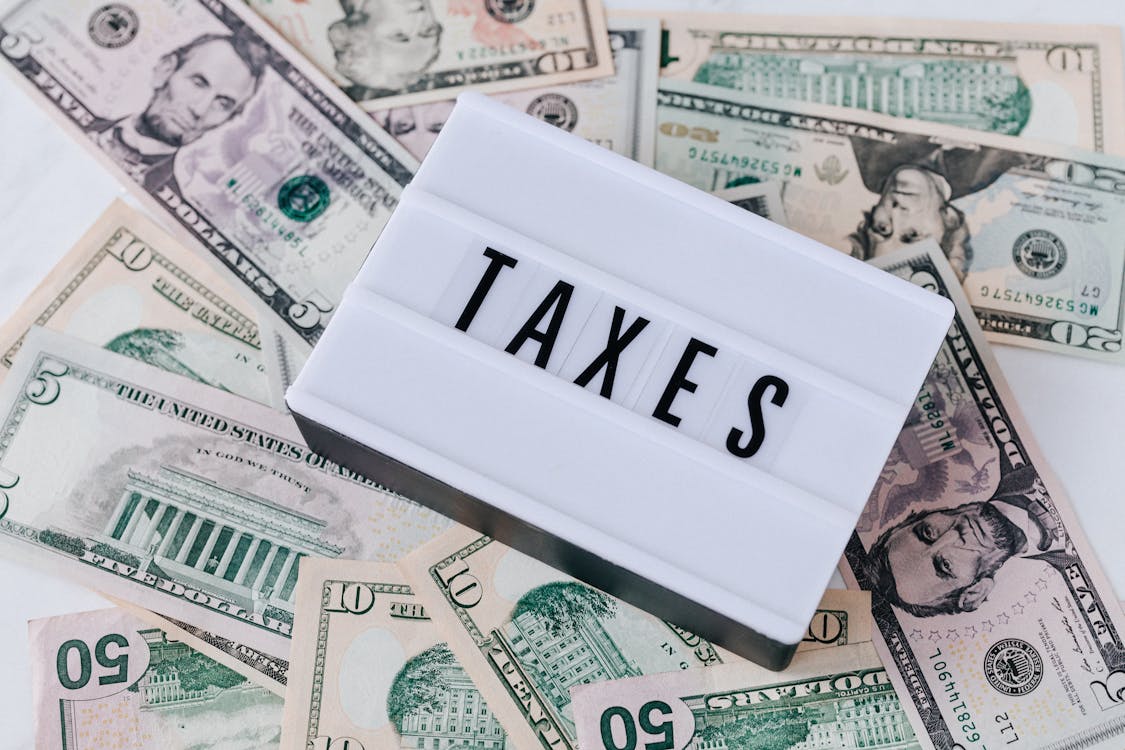As tax season approaches, many taxpayers—both business owners and individuals—might find themselves unsure about one key component of the tax process: estimated taxes. While most people are familiar with filing an annual tax return, estimated tax payments are a lesser-known but critical part of staying compliant with the IRS throughout the year. Whether you run a business or are a freelancer, self-employed, or have income that isn’t subject to withholding, understanding how estimated tax works can save you from costly penalties.
What is Estimated Tax?
Estimated tax is a method of paying tax on income that isn’t subject to automatic withholding, such as wages from an employer. This applies to business owners, independent contractors, freelancers, or individuals with substantial income from investments, alimony, or other sources. The IRS requires these individuals to pay taxes on this income incrementally throughout the year, rather than waiting until the annual filing deadline.
Typically, estimated tax payments are made quarterly. These payments cover income taxes, as well as self-employment taxes for those who are self-employed.

Who Needs to Pay Estimated Taxes?
For Businesses:
Business owners, particularly those who operate as sole proprietors, partnerships, S-corporations, and LLCs, must pay estimated taxes if they expect to owe $1,000 or more in taxes when their return is filed. Since businesses typically don’t have taxes withheld automatically, paying quarterly installments helps keep the business in good standing with the IRS.
Estimated tax applies to:
- Small business owners
- Self-employed individuals
- Freelancers
- Independent contractors
These businesses typically pay taxes on income earned from their operations, but the obligation extends beyond income tax alone. Business owners may also need to account for self-employment tax, which covers Social Security and Medicare contributions.

For Individuals:
For individuals, the threshold is also $1,000. If you’re an employee with wages, your employer handles your tax withholdings. However, if you have side income, like earnings from a rental property, investments, or dividends, and those sources aren’t subject to withholding, you’ll need to make estimated tax payments.
Common situations where individuals should pay estimated taxes include:
- Freelancers or gig economy workers with untaxed income
- Landlords earning rental income
- Investors receiving interest, dividends, or capital gains
- Individuals receiving alimony or prizes
How to Calculate Estimated Tax Payments
The IRS has a straightforward method to calculate estimated taxes. For business owners and individuals, the key is to estimate your total income for the year, as well as the deductions and credits you expect to take. Use Form 1040-ES for individuals or Form 1120-W for corporations to calculate your payments.
To avoid penalties, you generally need to pay the lesser of:
- 90% of your current year’s tax liability, or
- 100% of your previous year’s tax liability (110% if your adjusted gross income exceeds $150,000).
The estimated tax amount is then divided into four equal quarterly payments due in April, June, September, and January of the following year.
When to Make Estimated Tax Payments
The IRS requires estimated tax payments to be made on a quarterly basis:
- April 15 for income earned from January 1 to March 31
- June 15 for income earned from April 1 to May 31
- September 15 for income earned from June 1 to August 31
- January 15 for income earned from September 1 to December 31 of the previous year
If the deadline falls on a weekend or holiday, the due date is the next business day. You can make payments through the IRS website, mail a check with the appropriate IRS form, or use electronic payment systems.
Consequences of Not Paying Estimated Tax
If you fail to pay estimated taxes or underpay, you may face penalties from the IRS. Even if you file your tax return on time, underpayment throughout the year can lead to fines.
It’s important to note that these penalties can be avoided if:
- Your estimated tax payments equal at least 90% of the tax due for the current year.
- Your payments match 100% of the tax liability from the previous year (110% for higher-income earners).
Tips for Managing Estimated Tax Payments
- Keep Detailed Records: Ensure that you track all sources of income, including any side earnings or freelance work. The more accurate your records, the easier it will be to estimate your tax liability.
- Use IRS Tools: The IRS offers tools like the IRS Tax Withholding Estimator, which helps individuals calculate their estimated tax payments more accurately.
- Set Aside Funds: It can be helpful to set aside a percentage of your income each time you receive payment, ensuring you’re prepared for each quarterly deadline.
- Consult a Professional: If you’re unsure about how much to pay or when, it’s a good idea to consult a tax professional who can help you calculate your estimated tax liability and ensure that you’re complying with IRS regulations.
Stay in compliance!
Estimated tax is an important aspect of tax compliance for both businesses and individuals who earn income outside of regular employment. By staying on top of these payments, you can avoid penalties and ensure that your tax season is stress-free. Whether you’re a business owner or an individual with untaxed income, planning ahead and making quarterly payments will keep you in good standing with the IRS and give you peace of mind when filing your taxes.










